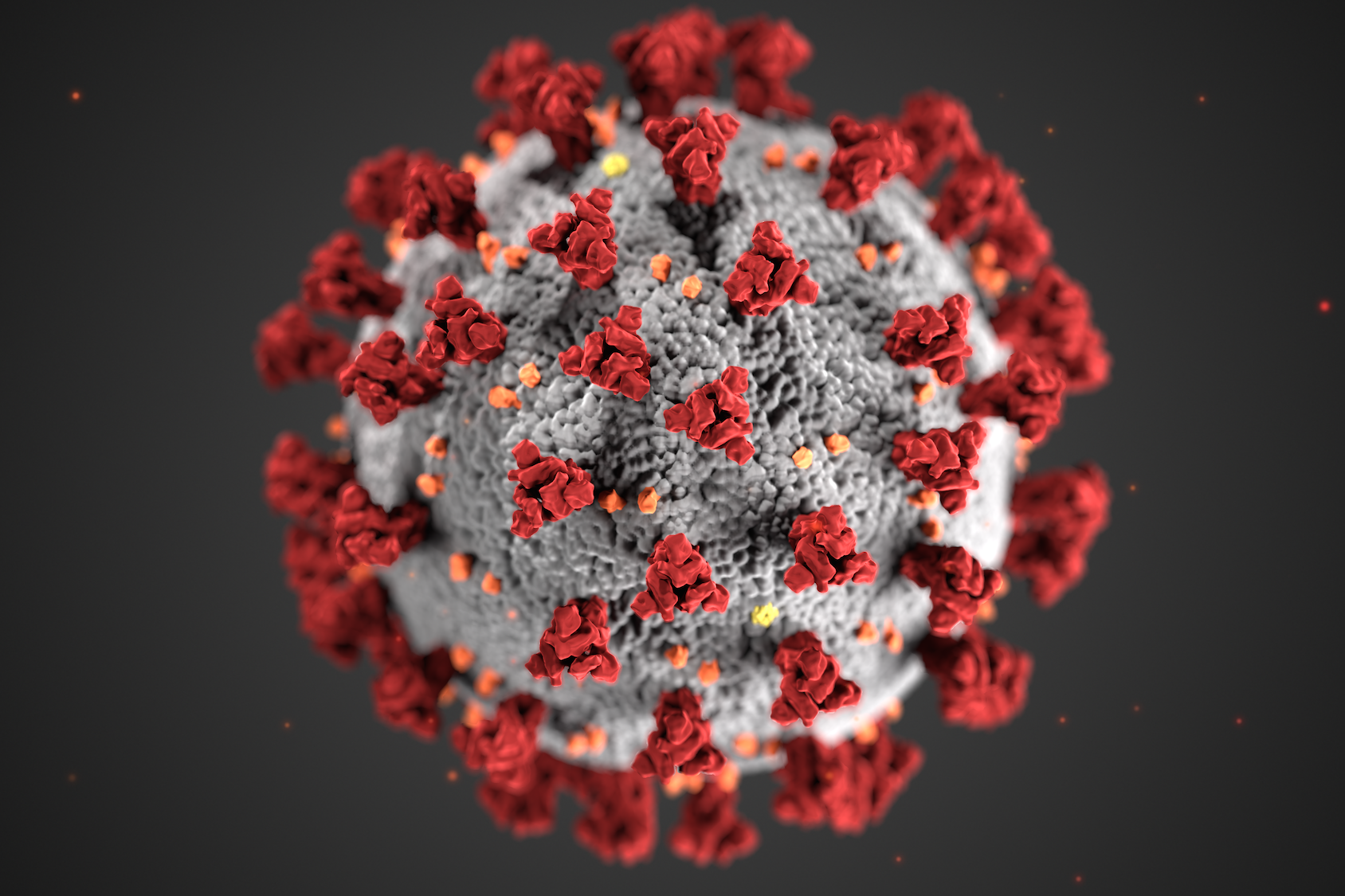A novel workforce tool created by researchers at the George Washington University Milken Institute School of Public Health estimates that the nation will need to employ a total of 184,000 COVID-19 contact tracers to help society safely reopen and limit the size of future waves of the virus.
The Contact Tracing Workforce Estimator, created by a team at the Milken Institute-based Fitzhugh Mullan Institute for Health Workforce Equity, uses the number of COVID-19 cases, estimated number of contacts per infected person and other information to help state and local health departments determine the number of staff needed to identify and trace people who have been in contact with new cases of COVID-19.
“We know the virus that causes COVID-19 is highly contagious and spread by human contact,” said Edward Salsberg, a senior research scientist at the Mullan Institute. “This new tool will help public health officials plan for the workforce needed to identify those most at risk and ease up on community-wide social distancing measures yet still keep the public safe.”
The tool was developed in collaboration with the Association of State and Territorial Health Officials (ASTHO) and the National Association of County and City Health Officials (NACCHO).
The contact tracing workforce includes case investigators, who interview people diagnosed with COVID-19 and then figure out how many people they might have come in contact with while contagious, and contact tracers, who notify and follow up with these contacts. Many workers have a public health background, while others may complete focused trainings. Contact tracing has been used to quash emerging outbreaks of Ebola and SARS in the past, and public health officials say that when coupled with adequate testing it could become a powerful method of preventing new cases of COVID-19—especially as the economy starts to reopen.
Using the new estimator, state and local public health officials will be able to plug in the number of COVID-19 cases and other data to help gauge the number of staff needed to effectively trace contacts of all infected people in their jurisdiction.
Recently, experts at ASTHO estimated that state and local health departments had only a few thousand contact tracers prior to the start of this pandemic—well below the number needed to confront the current cases of COVID-19. Without enough trained contact workers, infected people, including those who do not realize they have the virus, can spread the disease to many others in the community—a problem that could result in a second wave of infections.
“Returning to some semblance of normalcy is contingent on our nation’s public health capacity to contain future outbreaks through testing and contact tracing,” said ASTHO CEO Michael Fraser. “Contact tracing is core work of state, territorial, local and tribal public agencies. Public health does this type of work every day but there is an urgent need to scale up the workforce capacity needed to meet the challenge of COVID-19. This estimator tool will help health agencies prepare for the support they need in a more precise way using their local and state experience and capacity as a start.”
“Although state and local jurisdictions will soon begin to ease stay-at-home orders, this pandemic is far from over. As people are given the green light to patronize businesses and return to other public establishments, risk of COVID-19 transmission remains a threat,” said NACCHO CEO Lori Tremmel Freeman. “As such, it is critically important for public health officials to be able to scale up and mobilize a well-trained contact tracing workforce with enough personnel to fulfill this important protective measure without overburdening or burning out the individuals doing the work.”
This interactive tool and map project is supported by the Health Resources and Services Administration (of the U.S. Department of Health and Human Services as part of an award totaling $450,000 with zero percentage financed with non-governmental sources.


